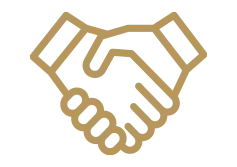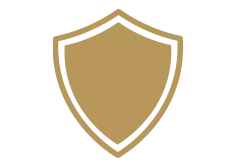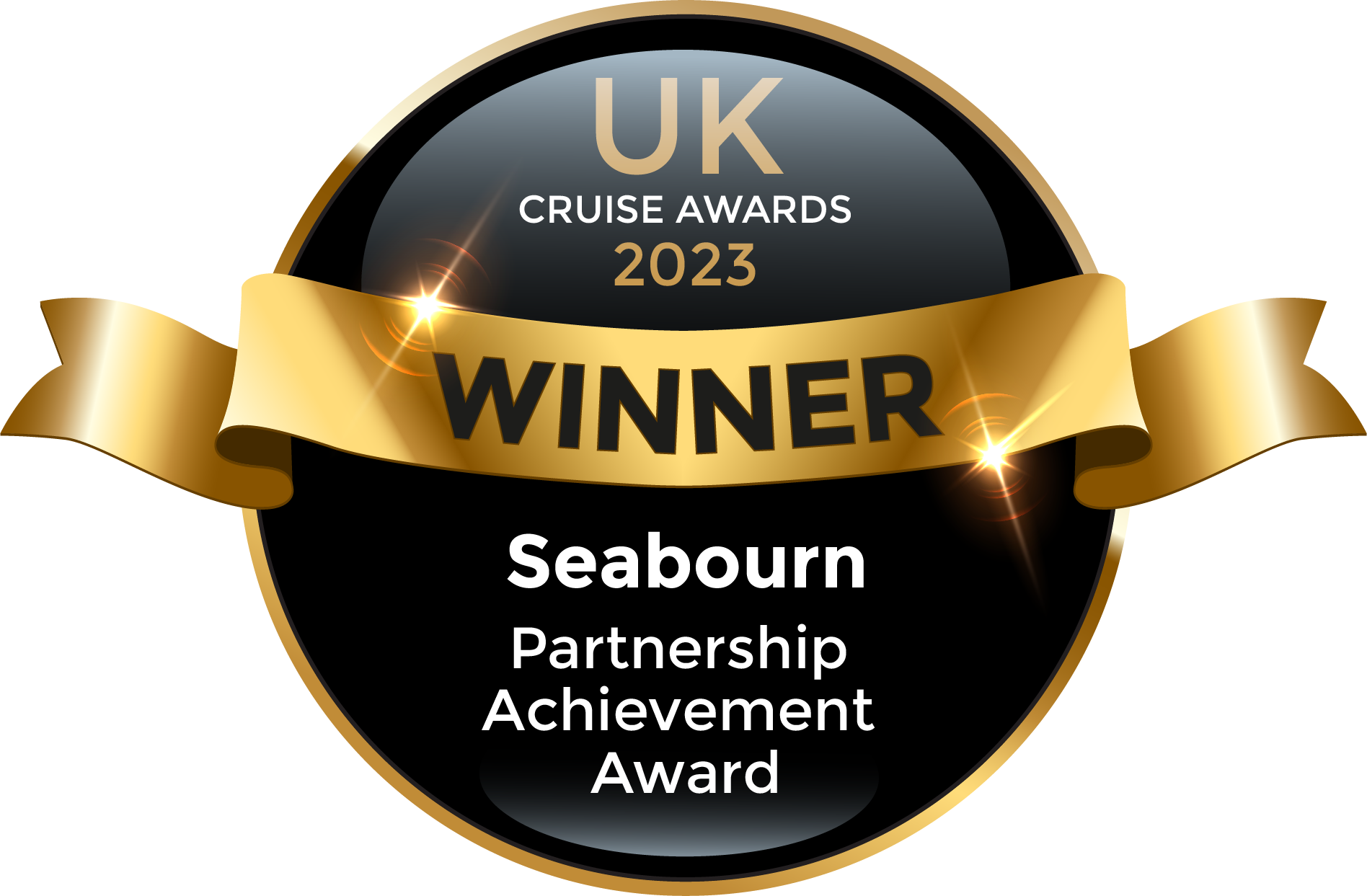SixStarCruises specialise in cruises sailing across the world with the finest cruise lines. We're ultra-luxury cruise experts with access to exclusive offers.
From first call to return home we offer a true six star service and ensure every detail is taken care of.
SixStarCruises specialises in cruises sailing across the world with some of the finest cruise lines.
We're an award-winning team of luxury cruise experts that ensure you experience a truly exemplary service that begins when you first pick up the phone and lasts for the duration of your booking – and beyond.
We're the ultra-luxury cruise specialist, and we're here to help you find the cruise holiday of your dreams, with destinations around the world to choose from.
More than 10 years on, our vision remains and with over 100 years travel experience within our dedicated team, we continue to deliver six-star service.







From your first call, you will have a dedicated cruise concierge to look after every detail of your cruise holiday. From sharing their knowledge of all of our partner cruise lines and destinations, to planning the extra touches to make your holiday perfect. From chauffeur transfers to shore excursions, your concierge is here to handle every detail with care and attention.









